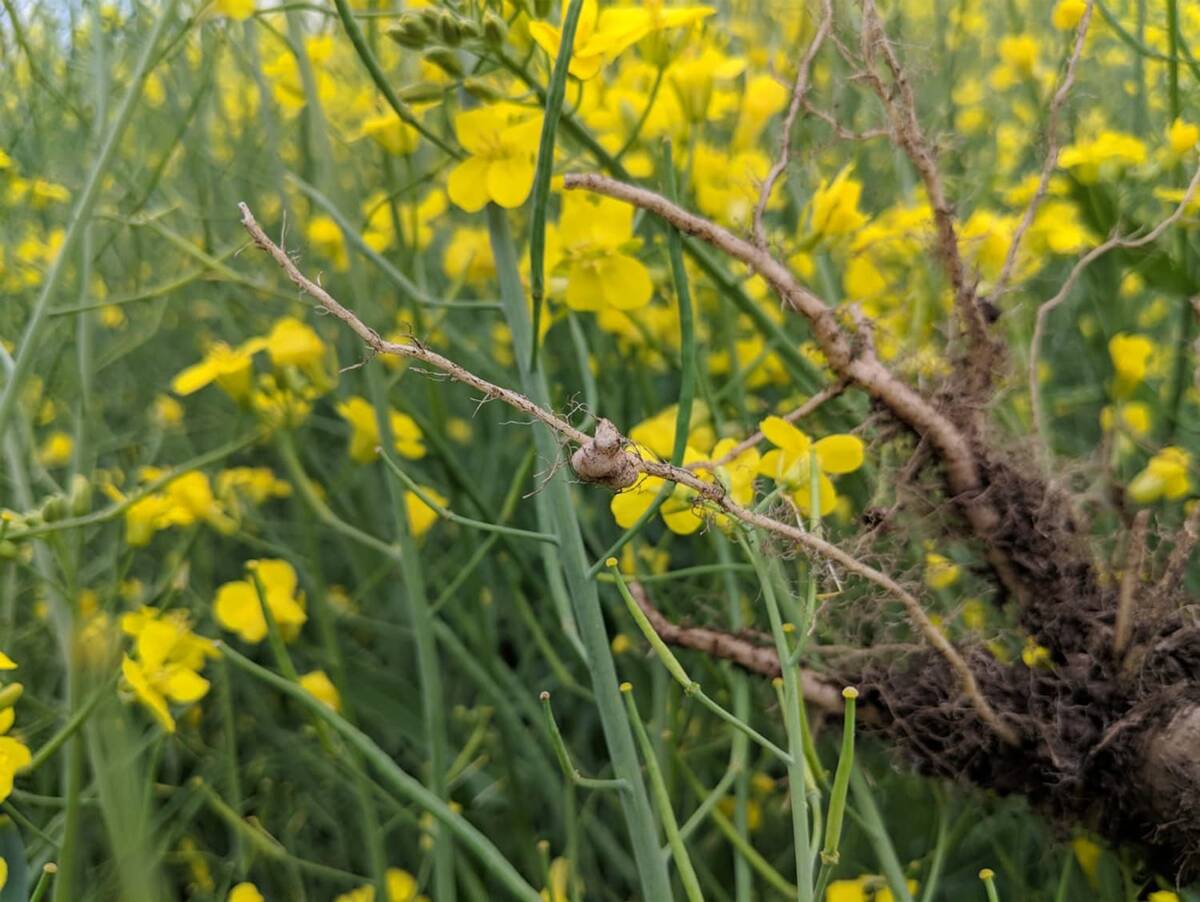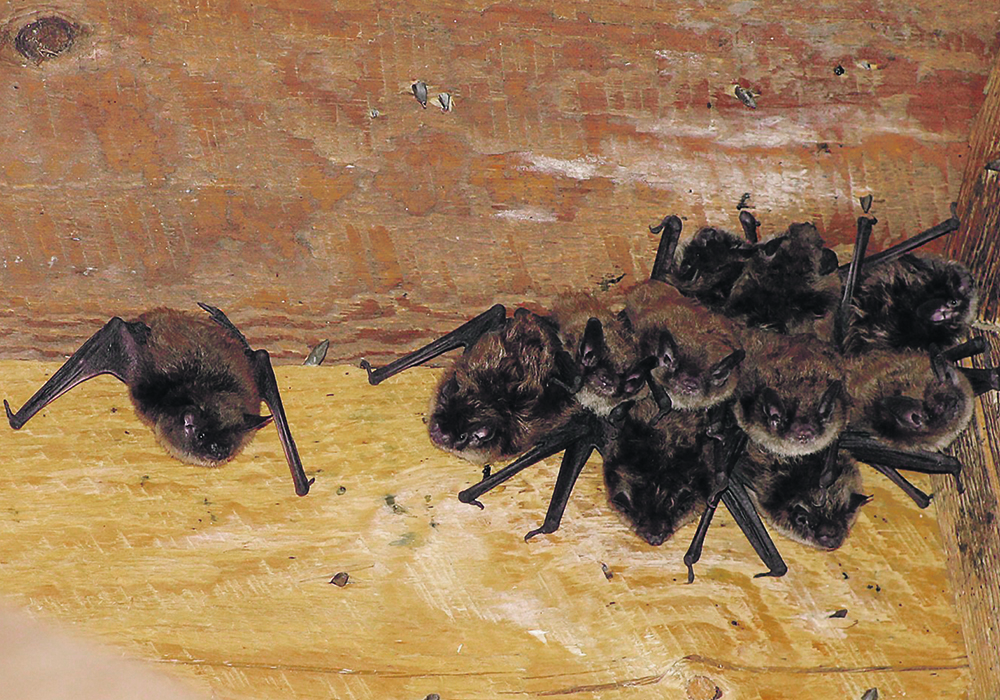Bat guano in Alberta is testing positive for white-nose syndrome and devastation of bat populations is probably not far behind.
As well, any large decrease in bat populations is expected to cause a corresponding increase in crop insect pests, which make up a large part of bat diets.
Until this year, Alberta was one of the few jurisdictions in North America that had no reported cases of white-nose syndrome.
Cory Olson, program co-ordinator for the Wildlife Conservation Society’s Alberta Bat Program, said the presence of white-nose syndrome comes as no surprise.
Read Also

Going beyond “Resistant” on crop seed labels
Variety resistance is getting more specific on crop disease pathogens, but that information must be conveyed in a way that actually helps producers make rotation decisions.
Following the discovery of the disease in southern and eastern portions of Saskatchewan in 2021, researchers started taking guano samples from Alberta sites.
The only confirmed detection has been from a sample taken from the Red Deer River near Dinosaur Provincial Park. Other samples taken from the Milk River area in southern Alberta have proven inconclusive, but there have been so many inconclusive tests, “they are almost certainly real,” said Olson.
White-nose syndrome was first detected in Montana in 2020, including in one county where the Milk River flows through.
Olson said so far, no bats in Alberta have been found with the disease, only the animals’ guano, but he expects it won’t be long.
When that happens, he expects the impacts of white-nose syndrome in Alberta will mirror the effects found in endemic areas of the continent, where declines of up to 90 percent have been reported, particularly for Alberta’s most common species, the little brown bat.
“Bats are one of the top predators that feed on insects that are flying at night,” said Olson. “If we have a 90 percent decline in our bat population, that is very likely to result in greater insect numbers and many of those insects are defoliators of crops and forage.”
He said if producers come across dead bats, they shouldn’t handle them with bare hands and should submit them to the local fish and wildlife office.
With no known prevention method for the disease, Olson said future monitoring will be key.
“Once the disease takes its toll on our bats, we’d like to see a certain percentage of the population that is resistant to white-nose syndrome and the goal for recovery will be to create the best conditions possible for those bats to recover to survive and successfully reproduce,” said Olson.
He said he hopes people report incidents of sick or dead bats, especially in the spring or winter.
“This fungus only grows on bats in the winter. It doesn’t grow on them at all in the summer, although they might be carrying a bit of the material with them.”
Alberta is home to nine different bat species, six resident populations as well as three that migrate to the province during summer.
The fungal disease takes its name from the white growth that develop around bat muzzles while in hibernation.
The disease was first identified in the eastern United States in 2006 and has since moved west, killing millions of various bat species and wiping out colonies.

















